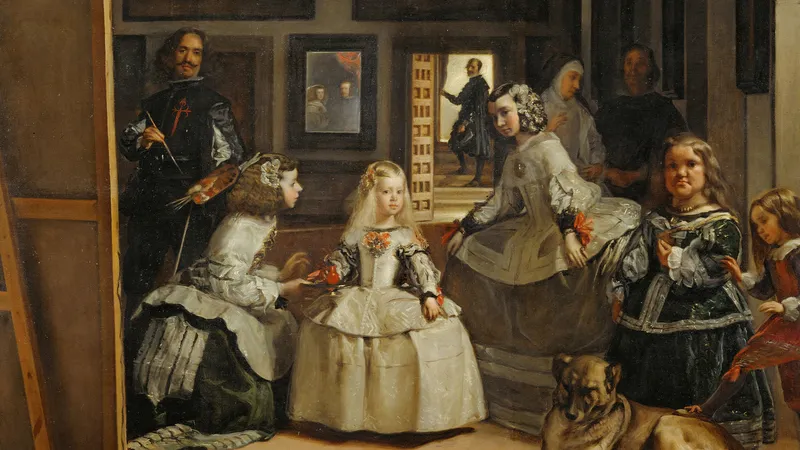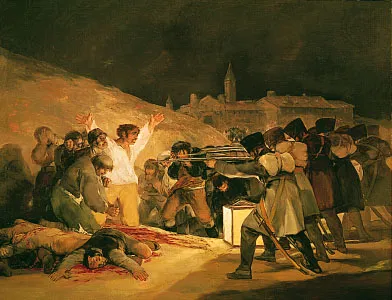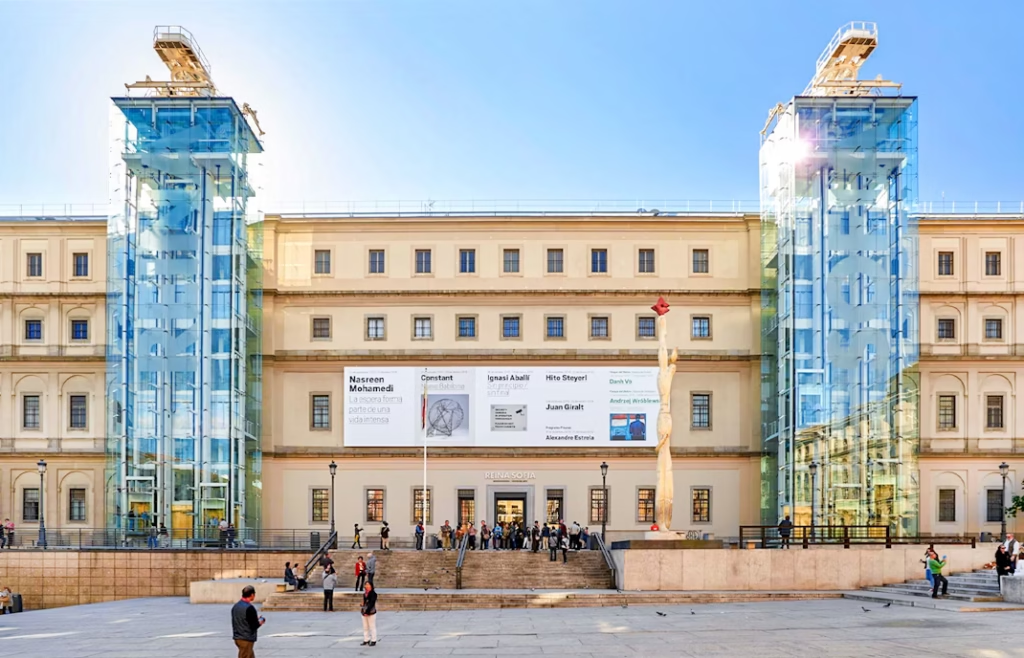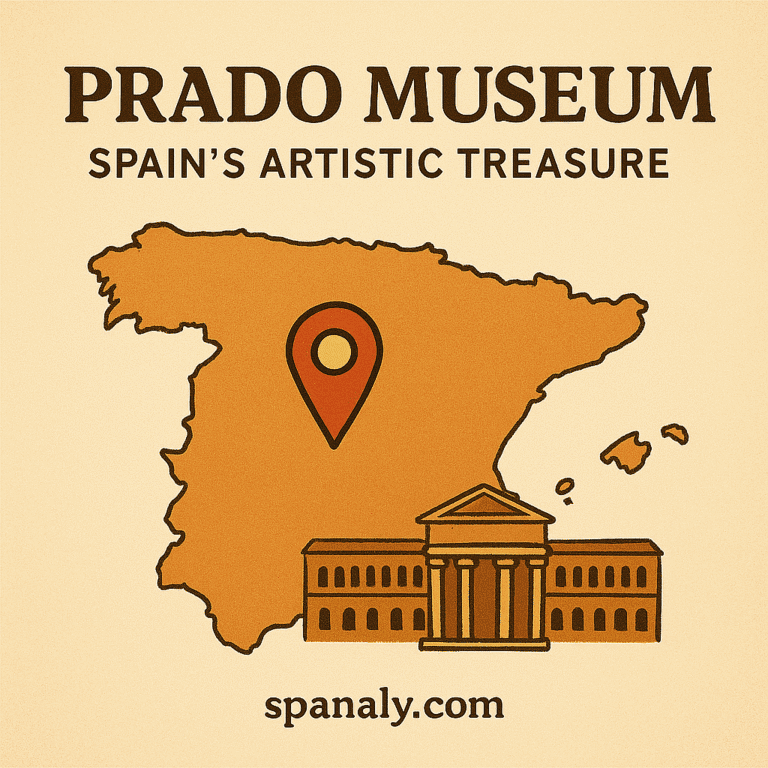Table of Contents
Toggle🎨 The Heart of Spanish Art
Located in the cultural heart of Madrid, the Museo
del Prado is one of the most important art museums in the world. Founded
in 1819, it houses an extraordinary collection of European paintings,
sculptures, and decorative art spanning from the 12th to the 19th
centuries. (To plan the ultimate itinerary around this and other
cultural hotspots, check out our highly-rated Madrid trip blueprint.) Visiting the Prado isn’t just a museum experience — it’s a journey
through Spain’s artistic soul, featuring works by legendary painters
like Velázquez, Goya, Titian, Rubens, and Bosch.
🏛️ A Brief History of the Prado Museum
The museum was originally conceived under King Charles III and inaugurated by King Ferdinand VII in 1819 as the Royal Museum of Paintings and Sculptures.
Its mission was to showcase the wealth of art accumulated by the Spanish monarchy over centuries.
Today, the Prado Museum holds over 35,000 artworks, though only around 1,500 are on display at any given time. The rest form part of a vast reserve collection used for rotating exhibitions.
🖼️ Masterpieces You Can’t Miss

The Prado’s galleries are filled with world-famous paintings that shaped Western art. Here are some highlights you must see:
1. Las Meninas – Diego Velázquez (1656)
The most iconic masterpiece of the Prado. This complex portrait captures the Spanish royal family with an enigmatic play of perspective, light, and symbolism.
2. The Third of May 1808 – Francisco Goya
A powerful anti-war statement, Goya’s painting depicts the execution of Spanish rebels by Napoleon’s troops. It’s one of the earliest examples of modern political art.
3. The Garden of Earthly Delights – Hieronymus Bosch
This triptych is a surreal masterpiece filled with strange creatures and allegories, offering a glimpse into the human soul’s temptations and fate.
4. The Emperor Charles V on Horseback – Titian
A stunning Renaissance portrait celebrating power, nobility, and divine order.
5. The Descent from the Cross – Rogier van der Weyden
A deeply emotional depiction of Christ’s body being lowered from the cross — a cornerstone of Flemish art.

🏰 The Building and Architecture
The Prado’s neoclassical design was created by architect Juan de Villanueva, initially planned as a natural history museum.
Over time, it evolved into a monumental gallery, with modern expansions such as the Jerónimos Cloister and Cubo de Moneo, which blend old and new architecture seamlessly.
Don’t miss the Goya Statue at the main entrance — a symbol of the museum’s deep connection to Spain’s most celebrated painter.
🧭 How to Explore the Museum
1. Start with a Plan
The Prado is vast. Begin with the first floor, which houses masterpieces by Velázquez and Goya, then move to the upper galleries for Renaissance and Flemish art.
2. Take a Guided Tour
A guided visit can bring context to each artwork — helping you understand the political, historical, and cultural backdrop of the time.
3. Use the Prado App
The museum’s official app provides maps, audio guides, and personalized tours — perfect for first-time visitors.
🎟️ Tickets and Opening Hours
Location: Paseo del Prado, Madrid
Opening Hours:
Monday–Saturday: 10:00 AM – 8:00 PM
Sunday: 10:00 AM – 7:00 PM
Tickets:
General admission: €15
Free entry: Monday–Saturday (6–8 PM) and Sunday (5–7 PM)
Tip: Buy tickets online in advance to skip long queues, especially during weekends.
🏨 Nearby Attractions
The Prado is part of Madrid’s Golden Triangle of Art, which includes:
Reina Sofía Museum (home to Picasso’s Guernica)
Thyssen-Bornemisza Museum (private European collection)
Other nearby highlights:
Retiro Park – perfect for a relaxing walk after your museum visit.
Plaza de Cibeles – one of Madrid’s most iconic squares.

🍽️ Where to Eat Near the Prado
Madrid’s culinary scene complements its art perfectly.
Here are some nearby spots:
Café Murillo – cozy stop for coffee and churros.
La Rotonda – elegant restaurant inside the Hotel Ritz.
El Botín – one of the world’s oldest restaurants, just a short taxi ride away.
🧳 Travel Tips
Plan at least 3 hours for a full visit.
Visit early morning or late afternoon for fewer crowds.
Photography without flash is allowed in most areas.
Combine your visit with Retiro Park and Reina Sofía Museum for a perfect cultural day in Madrid.
🌟 Why the Prado Matters ?
The Prado isn’t just a museum — it’s a reflection of Spain’s history, culture, and identity.
Each gallery tells a story of power, faith, and artistic evolution that shaped European civilization.
For art lovers, the Prado is not just a destination — it’s a pilgrimage.
🏁 Conclusion
The Prado Museum is far more than a gallery—it’s a living archive of Spain’s artistic soul. From the dramatic intensity of Goya to the luminous grace of Velázquez, every hall whispers stories that shaped European art and culture. Whether you are an art enthusiast or a curious traveler, a visit to the Prado offers an unforgettable journey through centuries of human creativity.
Make sure to set aside enough time to wander, reflect, and let the masterpieces speak to you—because in the heart of Madrid, art truly comes alive.



[…] Prado Museum: Spain’s Artistic Treasure […]
[…] is known for its art galleries, royal palaces, and historic squares. Key attractions include the Prado Museum, Royal Palace of Madrid, and Plaza Mayor. The city is also famous for vibrant nightlife, bustling […]
[…] Guggenheim Museum: A Masterpiece of Modern Art Prado Museum: Spain’s Artistic Treasure […]
[…] The Prado Museum is an essential stop for any traveler visiting Madrid. Housing over 8,000 paintings and countless sculptures, the museum showcases masterpieces from the Golden Age of Spanish art, including iconic works by Velázquez, Goya, and El Greco. Art lovers can spend hours exploring themed galleries that cover centuries of European art, from medieval religious pieces to Renaissance and Baroque masterpieces. […]